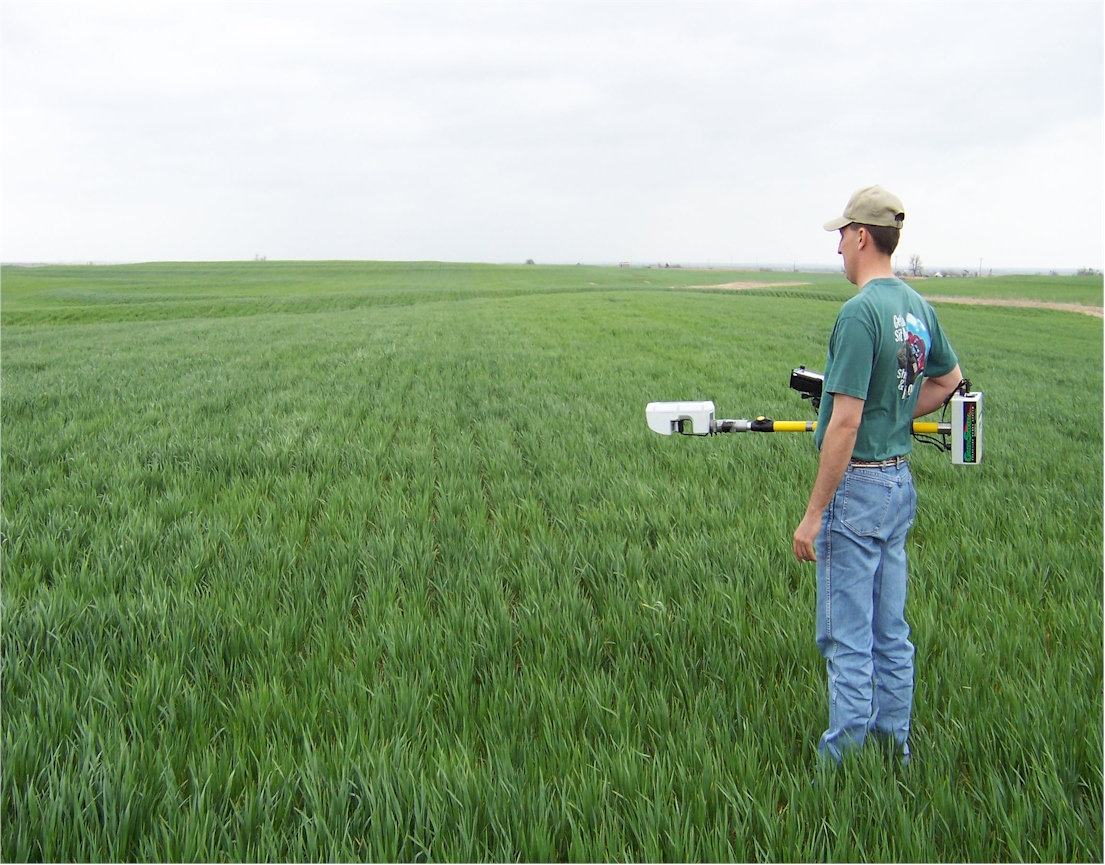
Agricultural News
Agronomists Say Nitrogen Evaluation Crucial to Making the Most of In-Season Nitrogen Applications
Thu, 31 May 2012 14:43:56 CDT

The early spring and accompanying early planting, together with last fall's dry conditions in many areas, may present unique management challenges to growers planning nitrogen (N) applications, according to agronomic experts at Pioneer Hi-Bred, a DuPont business. These conditions can mean nitrogen loss and impact corn yields.
"For a successful corn crop, it's important to factor in the uncertainties of weather and the dynamic nature of the nitrogen cycle," says John Shanahan, Pioneer agronomy research manager. "After all, a sound corn nitrogen plan sets the stage for a high-yielding crop."
Last fall's dry soil conditions led to anhydrous ammonia applications on many of the acres in the Corn Belt. In the spring, excessive rain can threaten these soil nitrogen reserves and hinder resupply by ground equipment. Excessively dry conditions in the spring also can prevent applied nitrogen from moving from the point of application to the root zone of plants. Temperature and moisture conditions also can impact the amount of nitrogen mineralized from the organic matter fraction of soils.
These highly variable weather conditions make it difficult for growers to estimate optimum nitrogen rates accurately.
That said, there are many ways to estimate nitrogen needs as well as nitrogen loss. These include:
N-rate calculator - Crop advisors in several top corn-producing states have embraced the process of N-rate determination for corn. The Maximum Return to N (MRTN) approach provides generalized or regional N-rate recommendations using a database compiled from a network of multiyear and multi-location N-rate field trials.
Soil tests - Take soil samples to evaluate nitrogen levels in fields. Testing soils at least 12 inches deep can help indicate the amount of nitrogen currently available to the corn plant.
Scouting fields - Check low areas of fields to see if there is water standing. If temperatures are cooler for 10 days and the soil is 55 to 60 degrees, growers can expect up to 25 percent of nitrogen applied might be gone in these areas. If it warms up to 75 to 80 degrees, nitrogen loss could be up to 96 percent.
Optical sensors - Sensors mounted on nitrogen application equipment emit modulated light of the appropriate wavelength onto plants to measure how much is reflected back to the sensor. This measure of "crop greenness" correlates with the plant chlorophyll content. Estimated chlorophyll content also estimates crop nitrogen status.
Aerial view - If growers have access to an airplane, they can see areas of fields that are more yellow than others are, with observations being instantaneous and no need to wait for lab results.
Estimation - In lieu of soil testing or crop sensing, nitrogen loss can be estimated by answering key questions, including when nitrogen was applied, what form was used, how much was applied, what the field conditions were following the application.
"To determine which approach is best for a particular farming operation, growers should carefully consider the pros and cons of each approach, likely using a combination of strategies to maximize potential profit while minimizing risk," Shanahan says.
To meet nitrogen level needs while avoiding weather-related pitfalls, growers can spread risk by applying nitrogen at multiple times. Nitrogen may be applied in the fall, early spring (preplant), at planting and in-season (sidedress).
"The ideal circumstances are to do a split application," Shanahan says.
This time of year - in-season - nitrogen applications allow for adjustments to planned nitrogen supply based on weather variations.
If wet spring conditions result in nitrogen losses, sidedress rates can be increased. If warm temperatures and moderate rainfall results in high nitrogen mineralization and an N-sufficient crop, sidedress rates can be reduced. (Determining these needs can be done using the evaluation tools noted above.)
In-season nitrogen applications can supply nitrogen to the crop near the time of maximum plant uptake. However, if wet conditions develop, sidedress applications may be delayed beyond the optimum application date. Very dry conditions can result in a delay in availability of sidedressed nitrogen to the plant.
Because of the risks associated with in-season nitrogen application, the practice should be managed carefully. Soil fertility specialists often recommend only one-third of total crop supply be targeted for sidedress application. In addition, growers should be prepared to apply sidedress nitrogen as quickly as possible when the window of opportunity appears. Finally, a backup plan should be in place for in-season application to help avert significant nitrogen deficiency and yield loss in case of weather issues.
"To make the most of nitrogen applications, growers need to evaluate the type of equipment and nitrogen sources available," Shanahan says. "They also need to assess the weather and adjust based on conditions to ensure an nitrogen strategy that delivers."
WebReadyTM Powered by WireReady® NSI
Top Agricultural News
More Headlines...




















